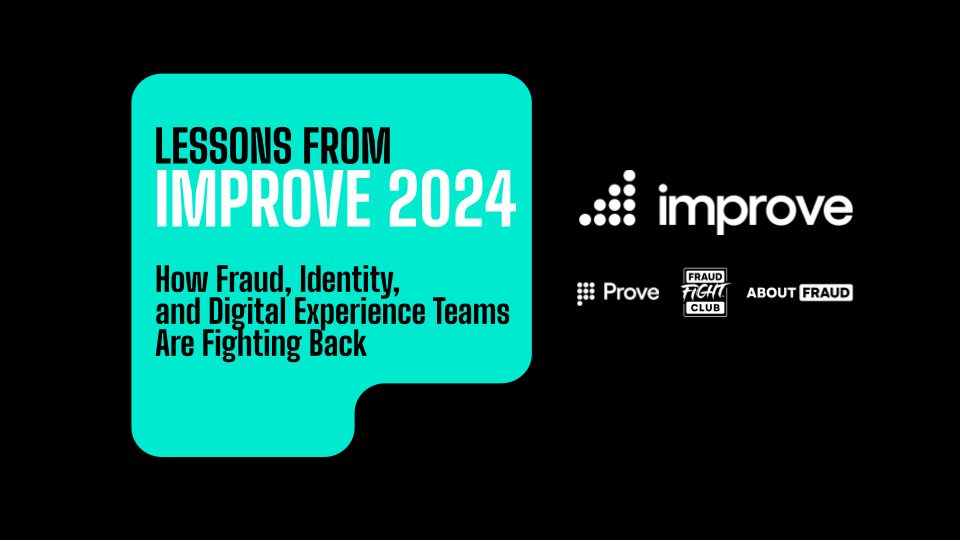Heightened Regulatory Environment Spurs New Investment in Cryptographic Authentication by Cryptos


In its early days, the entire crypto landscape was dubbed by skeptics as the "wild west" of the investment world due to the gold rush mentality attributed to many of its investors. During this period, fraudsters took advantage of the inherent anonymity of blockchain technology and a lack of regulation to steal a fortune via SIM swaps and data breaches. Unfortunately for the outlaws, there’s a new sheriff in town (the Feds) and more cryptocurrency crimes are being curbed as Cryptos adopts advanced digital identity technologies such as cryptographic authentication to prevent fraud and stay KYC-compliant.
In February, the Department of Justice seized over $3.6 billion worth of Bitcoin that was stolen back in 2016. The multi-year investigation underscores the federal government’s increasing interest and technical sophistication when it comes to prosecuting these relatively new forms of crime. Much of the tracing that led to the bust was made possible by Chainanalysis, the “cryptocurrency-tracing equivalent of Palantir,” which has made a small fortune selling its cryptanalysis software to the government. This has given Federal agencies the ability to search blockchains for anomalies that may indicate a financial crime.
In addition to the DOJ increasingly prosecuting crimes committed by cybercriminals, the SEC has announced several new initiatives to protect crypto investors and incentivize Cryptos to provide better fraud prevention for its users:
The SEC advised that an exchange or company holding cryptographic key information for a user or users’ crypto assets in digital wallets should account for those as a liability at fair value of the crypto assets on their balance sheet and warn investors of the risks of safeguarding those assets. Financial statements should include clear disclosure of the nature and amount of crypto assets that the exchange is responsible for holding for users, with separate disclosures for each crypto asset, and the vulnerabilities the exchange has, the staff wrote.
In effect, the SEC’s call for increased liability will push many exchanges to continue investing in cybersecurity and fraud prevention.
As the industry continues to expand, leading Cryptos are turning to cryptographic authentication to reduce fraud, accelerate onboarding, and maintain KYC compliance. Here are three ways that Cryptos can fight fraud and break through the crypto bottleneck using cryptographic authentication:
- When securing high-risk transactions, be a PRO: By PRO, we mean leveraging the user’s phone number for authentication and verification purposes. First, check the phone number’s possession (Is the user in possession of the phone?), reputation (Is this phone number associated with risky behavior? Has it undergone a recent SIM swap?), and ownership (Is the customer associated with the phone number?). If a user’s phone number passes all three checks, you can feel confident approving high-risk transactions like password resets and money transfers.
- Force fraudsters to self-identify: Prove Pre-Fill enables companies to essentially force fraudsters to “self-identify” as such because fraudsters naturally opt-out of the auto-fill process to avoid completing the form with their own information. What this does is push fraudsters into a smaller bucket—on average about 7%—that makes it easier for risk executives to identify them.
- An ounce of prevention is worth a pound of cure: Shoddy onboarding procedures that enable fraudsters to subvert KYC checks and create fake accounts results in synthetic identity fraud on a massive scale. Make sure your Crypto is not in the news for all of the wrong reasons by adopting the phone-centric identity technology so powerful that it is already trusted by 2 of the top 3 cryptocurrency exchanges (not to mention 8 of the top 10 banks).
As cryptocurrency becomes mainstream, it will continue to shed its wild west image by implementing more robust KYC procedures. Those that are able to do so while also providing the best user experience will win. To learn how you can leverage cryptographic authentication to achieve these goals, request a free demo.

Keep reading

Marketplace Risk, a leading authority in risk management for online platforms, has announced the recipients of its annual Solution Provider Excellence Program. This prestigious initiative spotlights industry leaders in risk, trust, and safety solutions, showcasing their expertise in addressing the challenges encountered by digital marketplaces, gig economy, and digital platforms. Among the winners is Prove.

Last week, almost 200 fraud, risk, and identity professionals gathered in Charlotte to deliver a collective knockout punch to fraud. And from all accounts, the punch landed.

Global Leader in Identity Verification and Authentication Demonstrates Substantial Impact, Enabling Enterprise Customers to Generate $2 Billion in Revenue












